Selecting the correct grade of carbon steel pipe is not just a matter of cost — it’s about ensuring safety, performance, and compliance with industry standards. Whether you’re working in construction, oil and gas, manufacturing, or water systems, the right grade can determine the success and longevity of your project. This guide breaks down what you need to know, from understanding carbon steel grades to matching them with your application requirements.
Steel, an alloy of iron and carbon, is one of the most widely used materials in the world. It comes in various grades, each with specific properties that make it suitable for different applications. The steel grade number is a key piece of information that allows users to understand the material's characteristics and performance. This blog post will explore the importance of steel grade numbers, such as AS1163 C350L0 CHS, their meaning, and how they influence the selection and use of steel across various industries.
1.Match the grade to both mechanical and environmental needs — Avoid over-specifying, which increases cost, or under-specifying, which risks failure.
2.Check supplier certifications — Look for mill test certificates (MTC) showing compliance with standards.
3.Consider lifecycle costs — Sometimes a higher-grade material with better corrosion resistance reduces long-term maintenance expenses.
4.Consult with engineers or industry experts — Especially for critical or high-risk applications.
Understanding Carbon Steel Pipe Grades
Carbon steel pipes are classified based on their carbon content, which directly influences their mechanical properties and suitability for different applications. The carbon content in these pipes typically ranges from 0.05% to 2.0%, with higher carbon content resulting in greater strength but reduced ductility .
The three main categories of carbon steel pipes are:
Low-carbon steel pipes (carbon content up to 0.30%): These are also known as mild steel pipes and are characterized by good weldability and formability. They're commonly used in general construction and low-pressure applications. Examples include Q195, Q215, and Q235 grades, frequently employed in building structures and bridges .
Medium-carbon steel pipes (carbon content 0.30%-0.60%): Offering higher strength than low-carbon varieties, these pipes are suitable for mechanical components and moderate stress applications. Common medium-carbon grades include 20#, 45#, and 40Cr, often used in machinery parts and structural components requiring better mechanical properties .
High-carbon steel pipes (carbon content 0.60%-2.0%): These provide the highest strength and hardness but are more brittle and less weldable. Grades like 55#, 60#, and 65# are typically reserved for specialized applications such as spring manufacturing and high-stress components .
Beyond carbon content, alloying elements like manganese, chromium, nickel, and molybdenum can be added to enhance specific properties such as corrosion resistance, heat resistance, and toughness . Understanding these fundamental classifications is the first step in selecting the right pipe grade for your needs.
Carbon steel is primarily composed of iron and carbon, with small amounts of other elements such as manganese, silicon, and copper. The carbon content directly affects hardness, strength, and ductility.
Grades of carbon steel pipe are classified based on:
Chemical composition (carbon percentage and alloying elements)
Manufacturing process (seamless, ERW, LSAW,
SSAW)
Mechanical properties (tensile strength, yield strength, elongation)
Applicable standards (ASTM, API, EN, DIN, JIS)
Common grading systems include:
ASTM/ASME Standards: e.g., ASTM A106, ASTM A53, ASTM A333
API Standards: e.g., API 5L, API 5CT
EN Standards: e.g., EN 10216, EN 10217
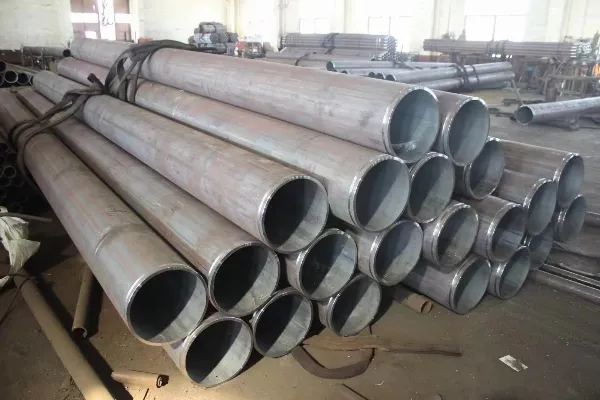
How does a steel grade affect its applications?
A steel grade directly influences its suitability for various applications. For example, AS1163 C350L0CHS is a specific grade of circular hollow section steel with a specialized chemical composition and mechanical properties, making it well-suited for building and structural applications.
The "C350L0" designation in this grade indicates that the steel has a minimum yield strength of 350 megapascals (MPa) and is suitable for low-temperature applications (L0). "CHS" stands for circular hollow section and refers to the shape of the steel product, commonly used in structural components such as columns, trusses, and frames.
Steel grades are determined by both chemical composition and mechanical properties.
Chemical composition refers to the proportions of elements such as carbon, manganese, and silicon, which influence the steel's strength, hardness, and ductility. For example, a high carbon content increases strength and hardness but reduces ductility; additions of manganese, chromium, nickel, and molybdenum enhance corrosion resistance, wear resistance, or high-temperature performance.
Mechanical properties, including tensile strength, yield strength, and elongation, are how the steel performs under service conditions. These properties are influenced not only by the chemical composition but also by the manufacturing process and heat treatment.
Both properties should be considered when selecting a steel grade. For example, high-strength low-alloy steel combines high strength with good ductility, making it suitable for load-bearing and impact-resistant applications such as bridges and cranes.






 English
English Español
Español بالعربية
بالعربية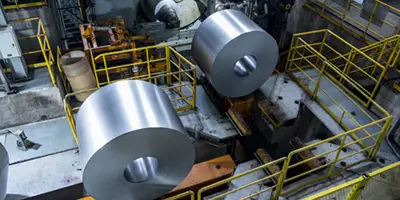

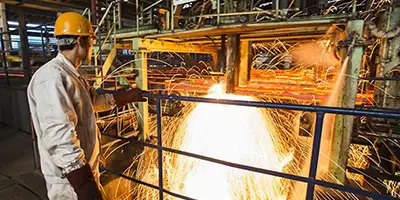
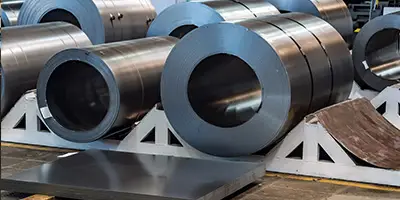

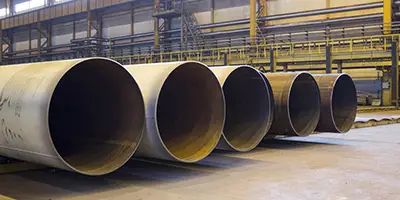

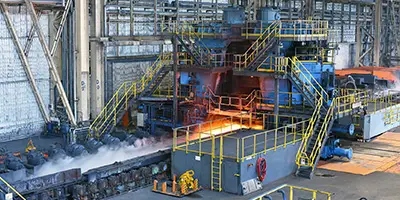
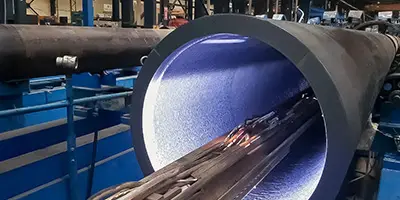
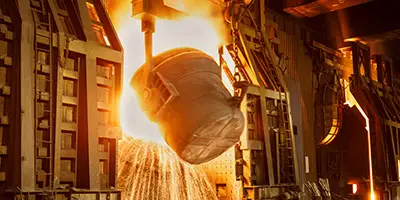


 Phone :
Phone :  Whatsapp :
Whatsapp :  Email :
Email : 


